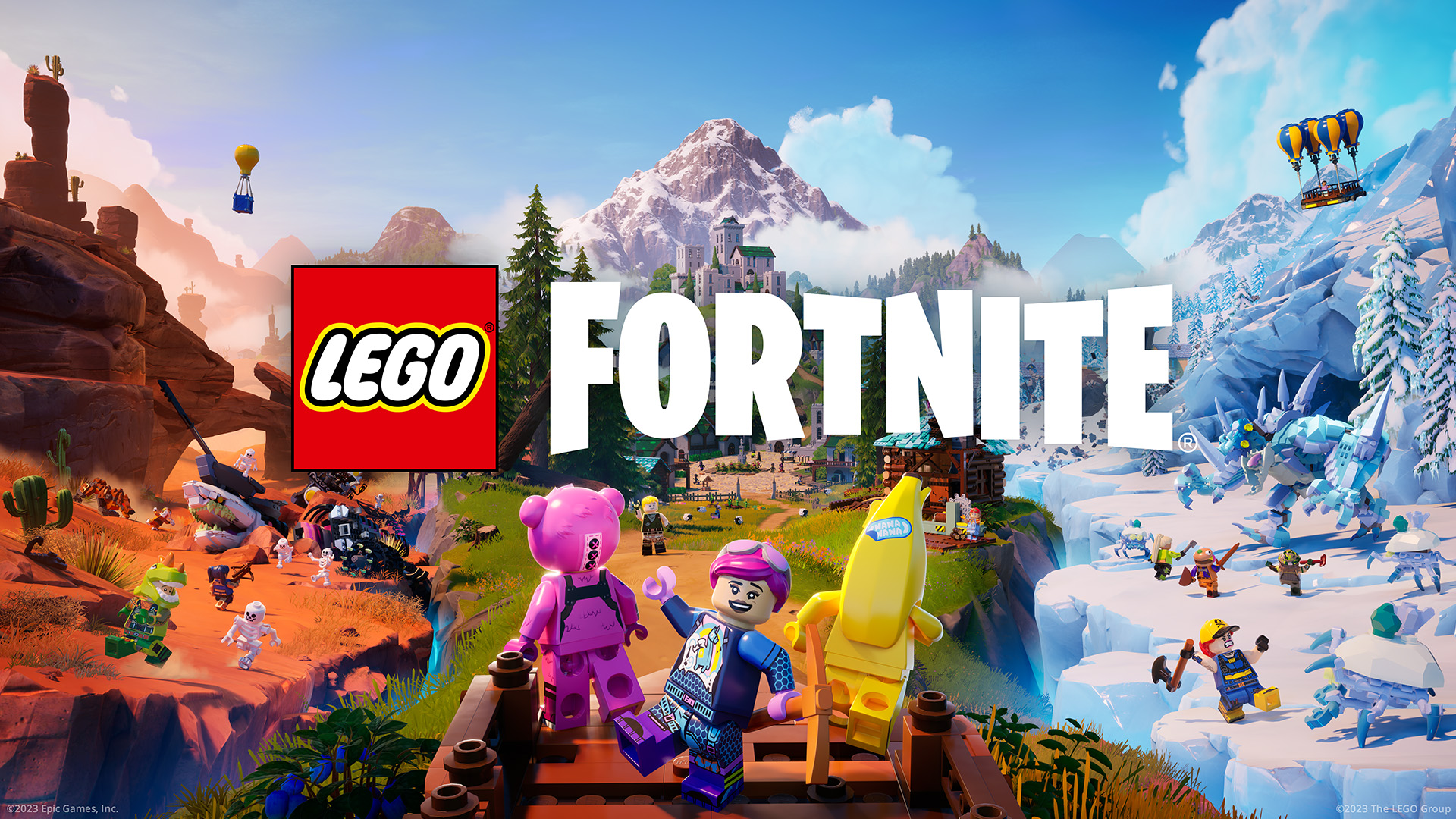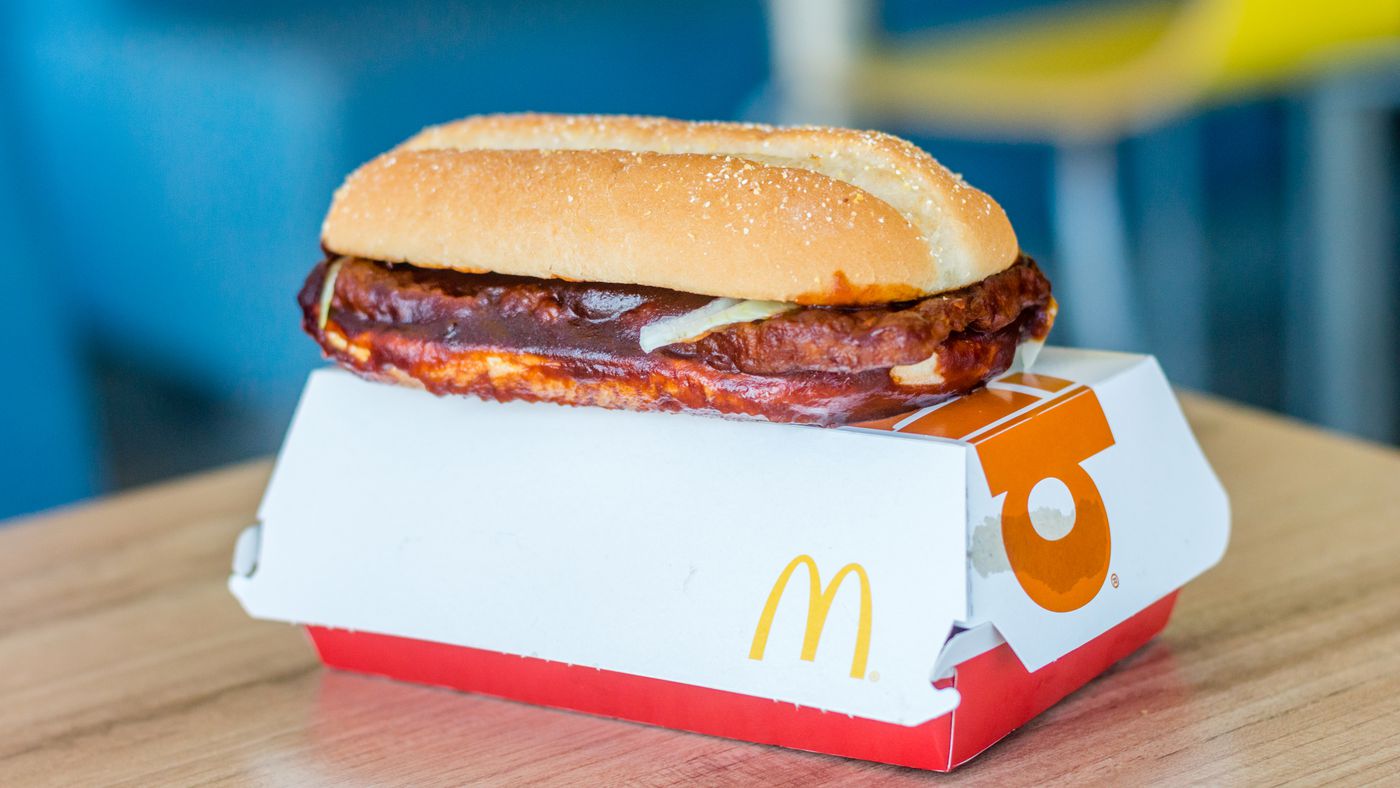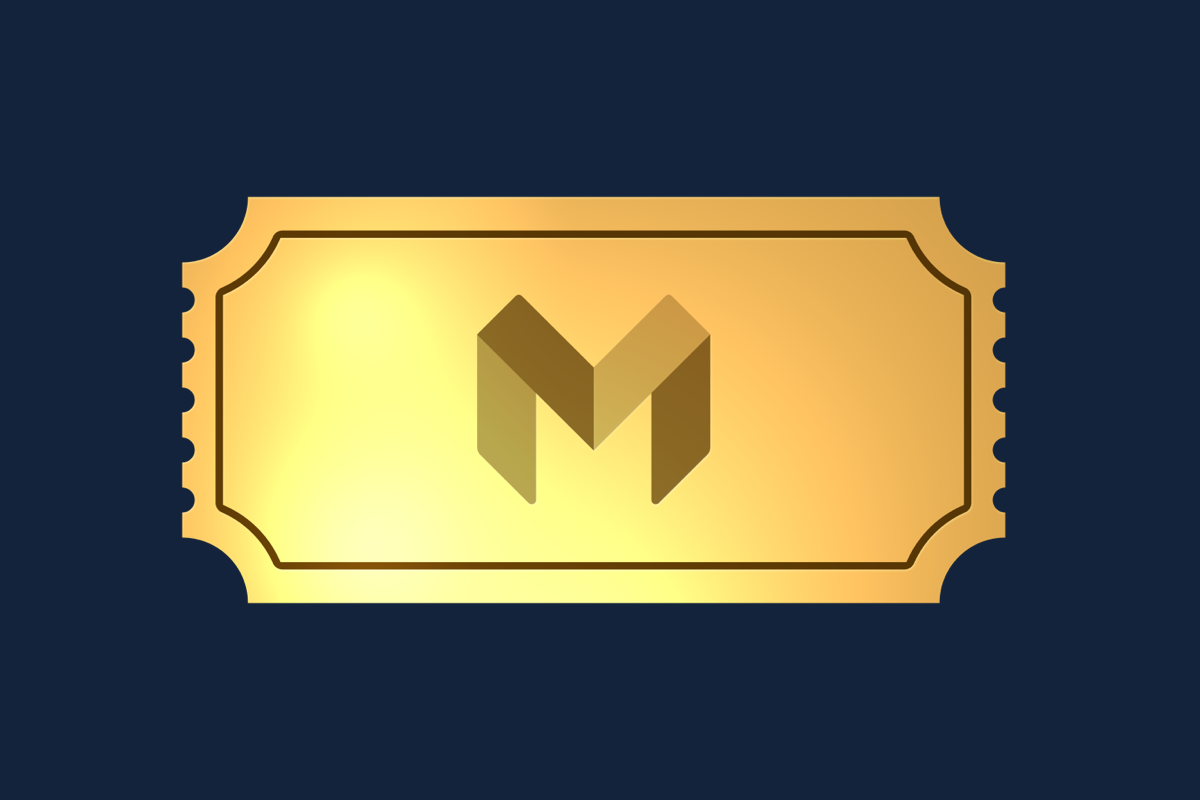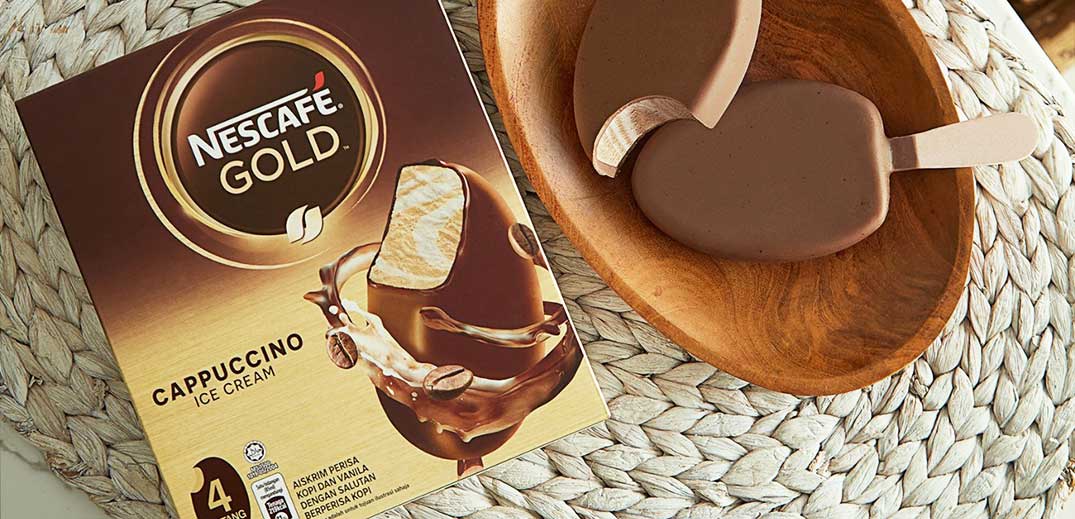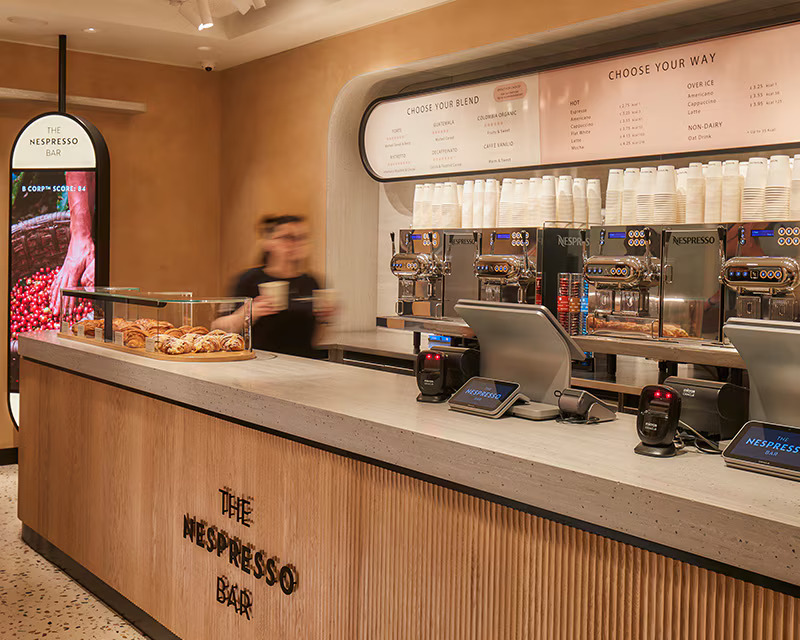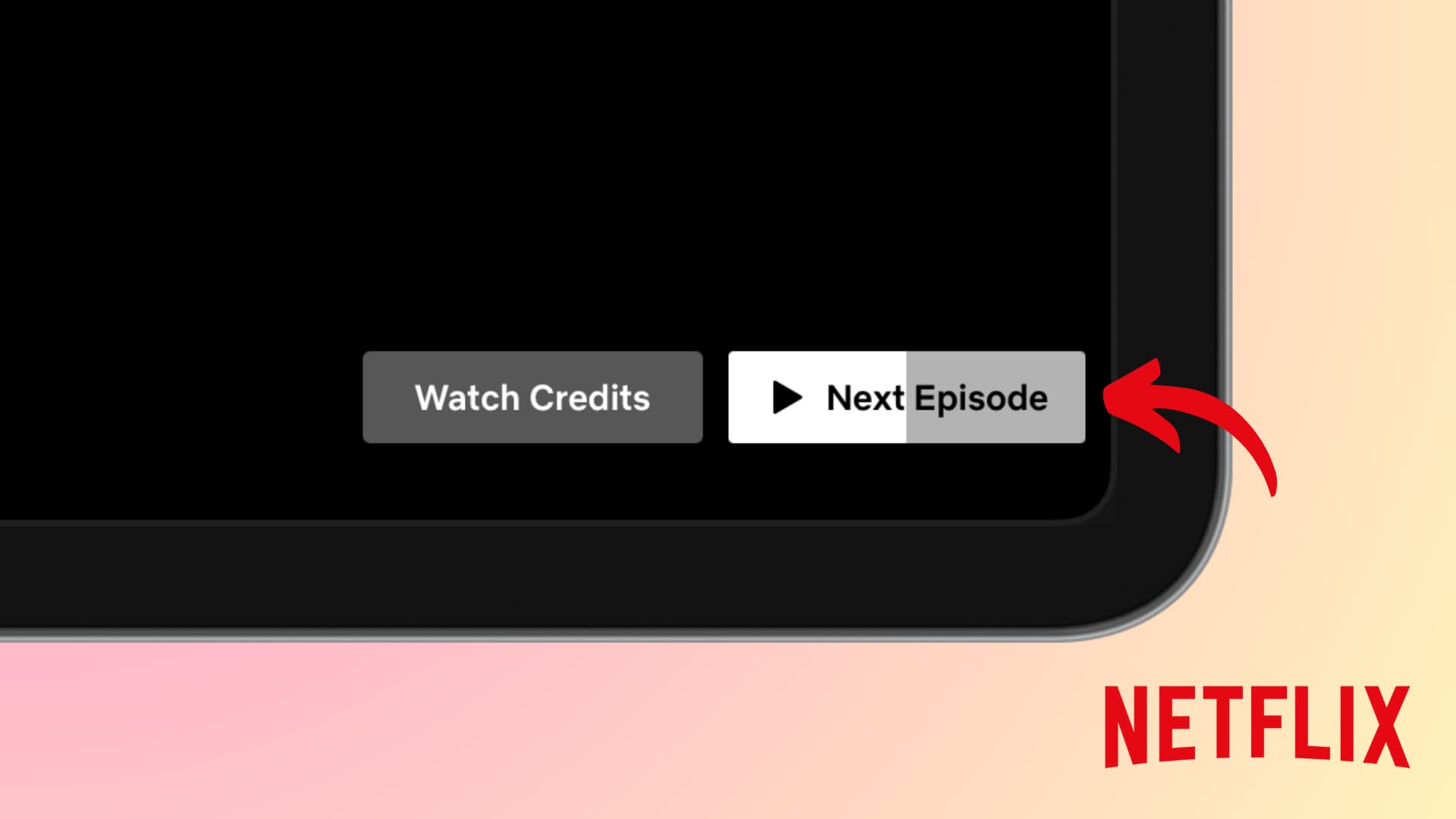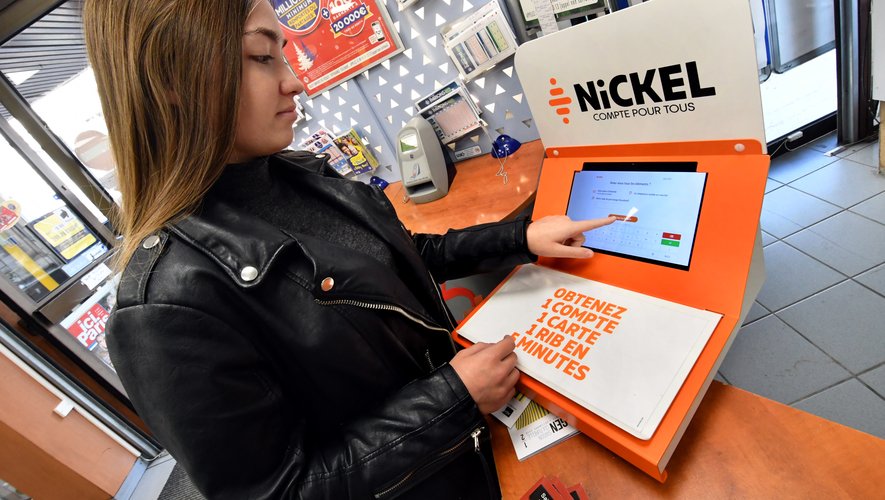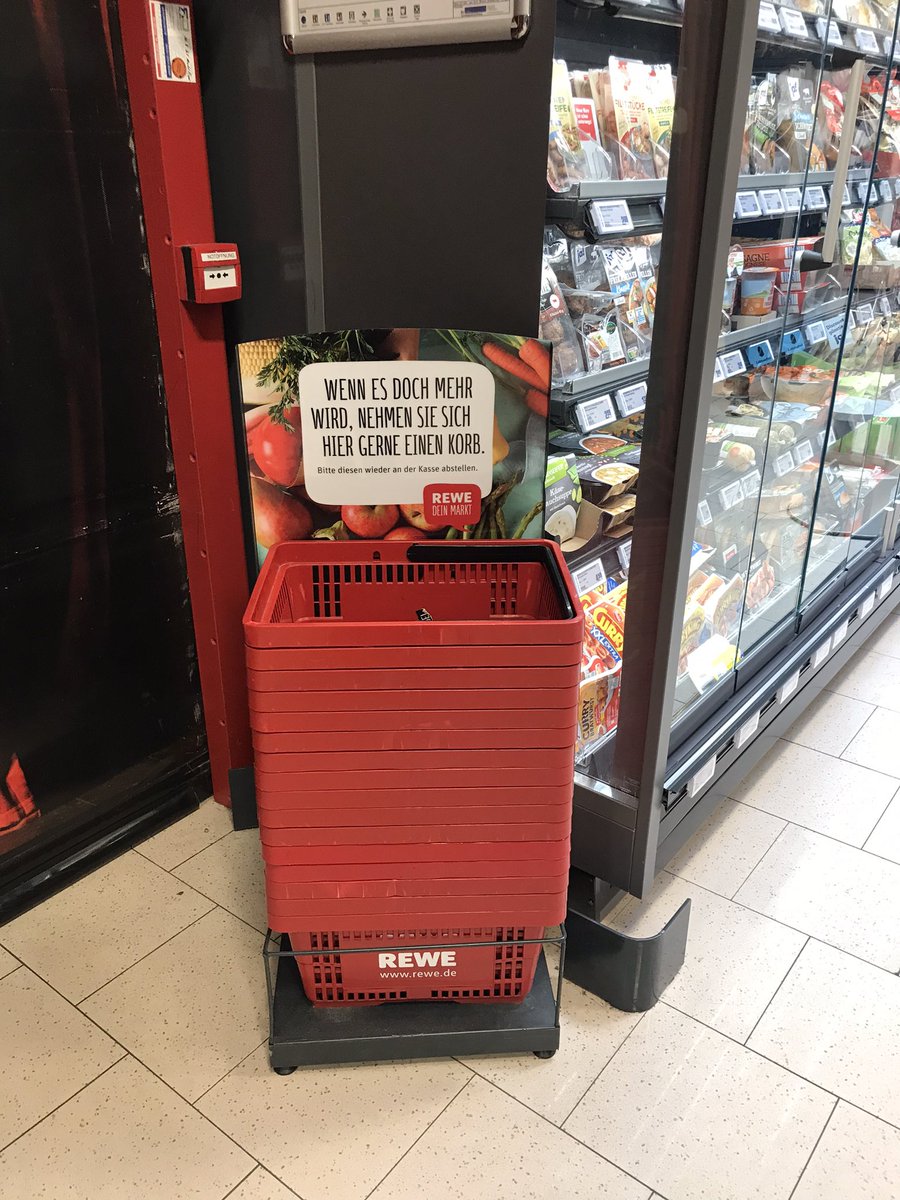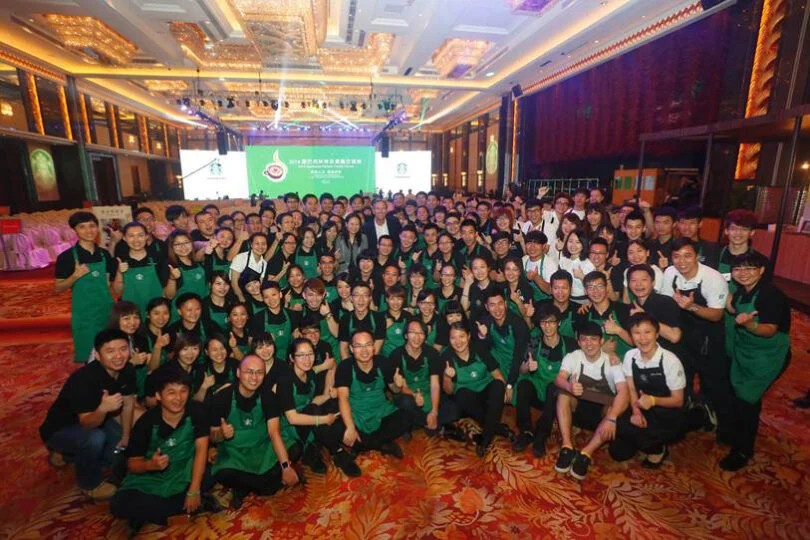Lego (temporarily) turned their Battersea Power Station store into a florist – a brilliant way of bringing the brand to life.
Innovation
Lego’s Fortnite partnership has reached 83 million people (largely adults) and helped the toymaker achieve double digit growth this year: a perfect illustration of the power of creativity in commercial success.
The McRib made its debut at McDonald’s in 1981, and while it initially attracted some attention, it wasn’t enough to keep it as a permanent fixture on the menu. But when the sandwich was taken away, many customers expressed disappointment and a desire for its return. This prompted McDonald’s to periodically bring the McRib back, but always for a limited time, over the next few decades. The sandwich’s temporary nature sparked a devoted following, so much so that a McRib locator was created to help fans find it.
The bank initially required customers to join a three week waiting list, creating the sense that the product was special. It then gave customers a golden ticket – but only one – to pass to friends so they could skip the waiting list and get immediate access. According to founder Tom Blomfield, “it just worked incredibly well – about 40% of our sign-ups in 2017 came from golden tickets and it cost us nothing.”
The brand has a simple rule: add ‘by monkeys’ to any sentence to stop yourself from creating writing that feels passive.
Nescafé has expanded its customer base by venturing into ice cream and iced drinks: a new way of staying relevant when less than half the global population buys instant coffee.
Nespresso entered the coffee-to-go market in 2024, opening its first cafe near Liverpool Street station – as the busiest train station in England, it’s not a bad place to attract new customers.
The Netflix autoplay feature led to “by far the biggest increase in the hours watched KPI of any feature we ever tested,” according to the engineer who created it. Different timings were tested – 5 seconds, 10 seconds, 15 seconds – but 10 seconds turned out to be the sweet spot. Just enough time to catch your breath, but not too long to lose interest.
Nickel, a French bank, wanted to provide financial services to low-income people but couldn’t afford to open branches everywhere. So the company used corners of existing cafés and tobacconists, which not only saved money but also provided instant reach and scale. Nickel now has 7,500 of these points of sale as well as 2.5 million customers.
Nickel, a French bank, wanted to provide financial services to low-income people but couldn’t afford to open branches everywhere. So the company used corners of existing cafés and tobacconists, which not only saved money but also provided instant reach and scale. Nickel now has 7,500 of these points of sale as well as 2.5 million customers.
No one likes being put on hold, so Octopus energy makes it slightly more enjoyable by playing the song that was no.1 in the charts when the customer was 14 (based on the date of birth on the account).
A decade of innovation around special flavours has boosted Red Bull’s penetration and increased overall sales by 9%. They’ve also helped to position the brand as a fun and social drink; now, 1 in 4 Red Bull drinking occasions are because it is “fun to drink”.
Samsung’s new product enabled customers to display artwork or photos when it wasn’t in use, reframing it from an item that took up unnecessary space to a key part of the decor. Suddenly, the conversation was around what you want to display in your living room, rather than the maximum TV size you found acceptable.
Rewe, a German supermarket, places baskets at the back of stores for people who have picked up too much to carry in their hands.
Foreign companies struggle in China because their jobs don’t always fit into the traditional notions of stable careers. So Starbucks found a creative solution to keep employees’ families happy, hosting “Partner Family Forums” in the cities of Beijing, Shanghai, Guangzhou and Chengdu, with over 1,000 families attending.


